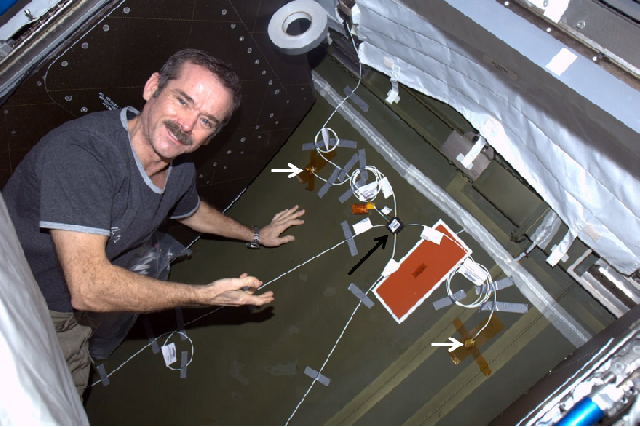September 30, 2013
Successful test of Wireless Rocket Technology
Invocon successfully tested RF wireless technology as part of the LEO-1 Rocket Motor Test performed by AeroJet Rocketdyne on September 30, 2013. A key objective of the test was to assess any influence that the chaotic environment surrounding the motor plume would have on the ability to transmit RF reliably. The wireless technology tested will lead to future development of wireless control systems for rocket motors and other rocket systems.
September 2013
Radiation Environment Monitor for Spacecraft (REMS) SBIR Phase II Proposal Selected
Invocon’s Small Business Innovative Research (SBIR) proposal for a Radiation Environment Monitor for Spacecraft (REMS) was selected by Air Force for Phase II funding. Invocon will use this opportunity to build on its experience with radiation detection hardware in providing the Air Force with a robust flight-worthy instrument.
May 2013
Surface-borne Time of Reception Measurements (STORM) SBIR Proposal Selected
NASA awarded Invocon a Small Business Innovative Research (SBIR) Phase I contract to develop a system for detection and locating lightning attachment points on aircraft during flight. This contract leverages Invocon previous work with lightning location on aircraft. However, it includes a wireless component to minimize the expense and effort for installing a system on aircraft. Due to the nature of this system, the individual sensors must be synchronized extremely well in order to accurately locate the lightning strikes.
May 2013
Wireless Intra-Vehicle Communication System (WICS) SBIR Proposal Selected
Invocon has won a Small Business Innovative Research (SBIR) Phase I competition with its proposal for wireless flight control and data acquisition aboard launch vehicles. The purpose of the contract is to develop a small, lightweight, and ultra-reliable wireless communication for low-cost launch vehicles. WICS will minimize the cost to install and operate communication links used for thrust vector control (TVC) and data acquisition aboard these vehicles.
April 2013
Hypervelocity Impact Damage Assessment SBIR Proposal Selected
Invocon was awarded a MDA Small Business Innovative Research (SBIR) Phase I contract to develop a Hypervelocity Impact Damage Assessment System. Specific capability that will be designed into the system include impact detection, impact location, and impact assessment. Because Invocon already has the capability to detect and locate impacts, the primary focus of this contract is to determine the level of damage to space vehicles by hypervelocity impacts.
March 2013
DIDS Installed on ISS
Invocon’s Distributed Impact Detection System (DIDS) was recently installed on the International Space Station (ISS). Several miniature wireless data acquisition units have been installed in Node 2 of the ISS. Their purpose is to help plan for leak detection and location aboard the ISS during its newly extended lifetime in orbit. DIDS was originally designed to locate impacts on spacecraft during extended missions beyond Low Earth Orbit (LEO). However, Invocon and NASA have worked together to expand its capabilities to enable ultrasonic background noise measurements that will help crew to quickly locate leaks in the structure. This ultimately increases safety for the astronauts and decreases the loss of precious consumables such as air.

The photo shows a DIDS sensor unit installed behind an equipment rack in ISS Node 2. The black arrow points to the sensor unit and the white arrows point to transducers. Photo courtesy of Chris Hadfield twitter feed.
